A TO Z SOUTH DERBYSHIRE - PART 2

CALDWELL
Caldwell is a tiny rural village, set in attractive countryside in the heart of the National Forest four miles south of Burton, one mile east of Rosliston. The Manor and Manor Farm are the most imposing buildings amongst a collection of old and new. St. Giles Church probably dates from the 8th century, although it has been much restored. Three Saxon windows and the exterior masonry provide evidence of the age of the original building. The Manor at Caldwell was given to the Abbey of Burton by William the Conqueror, in 1068. It was held by the abbey until the Dissolution of Monasteries. The house then passed through various hands and at one time was even used as a night club, before conversion into a school in 1972. Now education and care are provided for children and young people between the ages of eight and nineteen years, who have Autism, challenging behaviour and complex communication and learning difficulties.
CALKE
Situated in South Derbyshire, Calke is a tiny hamlet where a few houses line the road overlooking Staunton Harold Reservoir on the eastern side of Calke Park. The park with its 600 acres of ancient parkland is home to Calke Abbey, the second largest country house in Derbyshire after Chatsworth. The house was built for Sir John Harpur, the 4th Baronet, between 1701 and 1704, on the site of a 12th-century Augustinian Priory. It was renamed Calke ‘Abbey’ in 1808.
Private vehicles now enter Calke Park from Ticknall. Before Sir Vauncey Harpur Crewe, the last baronet of Calke died in 1924, guests arriving in motorised vehicles were transferred to horse-drawn carriages at the entrance so as not to disturb the wildlife. Following the sudden death of Sir Charles Harpur-Crewe in March 1981, while out setting mole traps, the estate was crippled by death duties and the Abbey was handed over to the National Trust in 1985.
The Harpur-Crewe family were reclusive and although Calke had been in their ownership since 1622, it remained a little-known and little-visited house. When the National Trust took it over, they found an amazing collection of old papers, natural history items, stuffed birds and animals, paintings and other objects left where they had been placed, half a century, or more ago. In the stable yard was a remarkable collection of carriages.
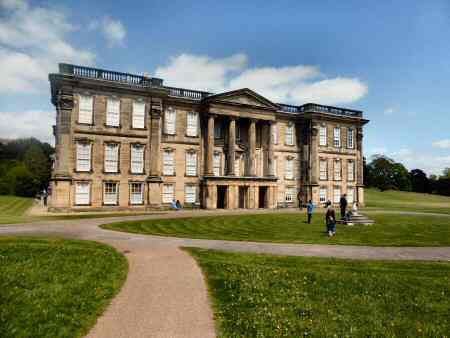
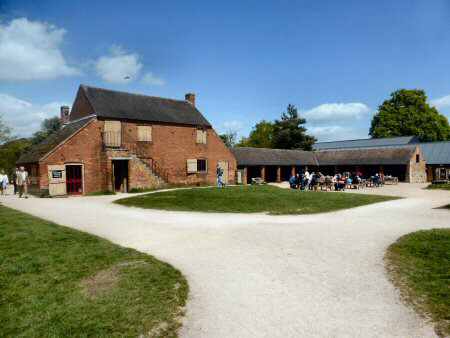
CALKE PARK
The park was designated as a Site of Special Scientific Interest in 1992 and a National Nature Reserve in 2004. Many of the trees at Calke are more than 400 years old, some at least 700 years old and two of the oaks are thought to be more than 1,000 years old. A wide range of birds can be seen in the park, encouraged by the many holes in the old trees that provide ideal nesting places. The park is also important for its fungi and as a habitat for rare species of bats. It is a great place to go for a walk and since the National Trust’s restoration of the old Ticknall Tramway, which has been made into a circular trail both walkers and cyclists in the park have increased in numbers.
CASTLE GRESLEY
Castle Gresley is situated approximately 1.5 miles southwest of the centre of Swadlincote. Little remains of a motte and bailey castle known locally as Castle Knob. What still survives behind a row of houses is a large mound that is now grassed over. When the castle was constructed it would have commanded wide views over the countryside between the River Trent to the north and the River Mease to the south.
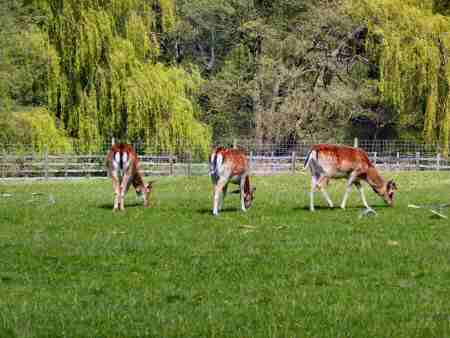
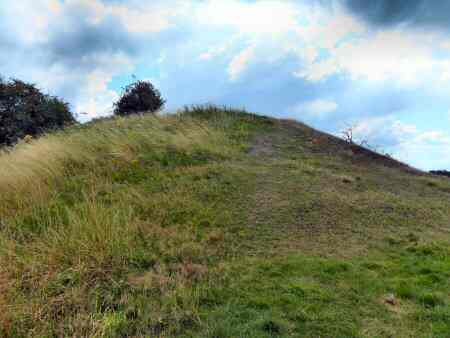
CHURCH BROUGHTON
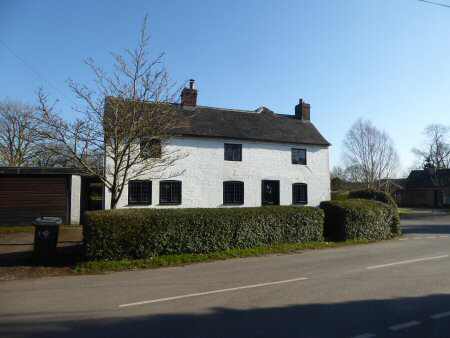
The village is off the old road from Hilton to Uttoxeter, south of the new A50. It is a mixture of old and new houses and in the 19th century was one of the largest in the area. It had a blacksmith, four shoemakers, a bakery, several other shops, and busy brickworks. Two large farms near the village were part of the Duke of Devonshire’s Estate until the early 20th century. As Church Broughton had a reputation for being unruly, the Duke of Devonshire had a police house built in 1855 with cells for both men and women.
There has been a church in the village for at least 900 years, which has been redeveloped over several years. It has connections with the poet W H Auden, his uncle and nephew were vicars during the latter half of the 19th century and the beginning of the 20th century. The wooden carving of St Michael in the sanctuary was made in Oberammergau and donated by the Auden family. The village also has a Primitive Methodist Chapel, a school and a public house.
CHURCH GRESLEY
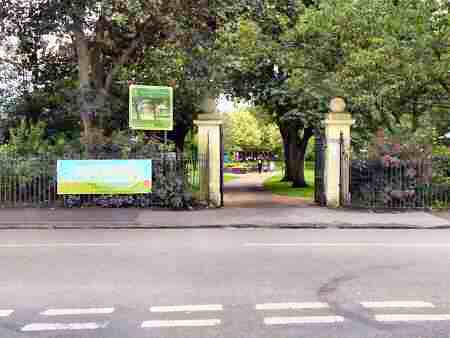
A Priory of Augustinian canons was founded at Gresley between Castle Gresley and Swadlincote in the reign of Henry I, by William de Gresley. The parish church of St George and St Mary was built early in the 12th century and has been substantially rebuilt. It is now Grade II listed.
Mason Pottery, later renamed Mason Cash was founded in the village around 1800 and became well known for producing many kinds of ceramic mixing and baking ware. In 1864 T. G. Green and Co Ltd were founded at Church Gresley. At its height, it employed 1,000 people making the famous Cornish Ware pottery brand, which was sold domestically and abroad. Both companies have ceased trading, but four Grade II* listed kilns remain and also a stable block.
A proposal was made at the end of the 19th century, to create a park on the common at Church Gresley. The land was covered by clay hollows and ash tips and had become a very unsightly dumping ground. Some progress was made, but the First World War intervened. It was not until 1922 when Mr and Mrs Herbert Lea, former residents in the village helped to pay for the construction of the park that further progress was made. They had lost their son, Maurice, in the First World War and the park was dedicated to his memory and named the Maurice Lea Memorial Park.
